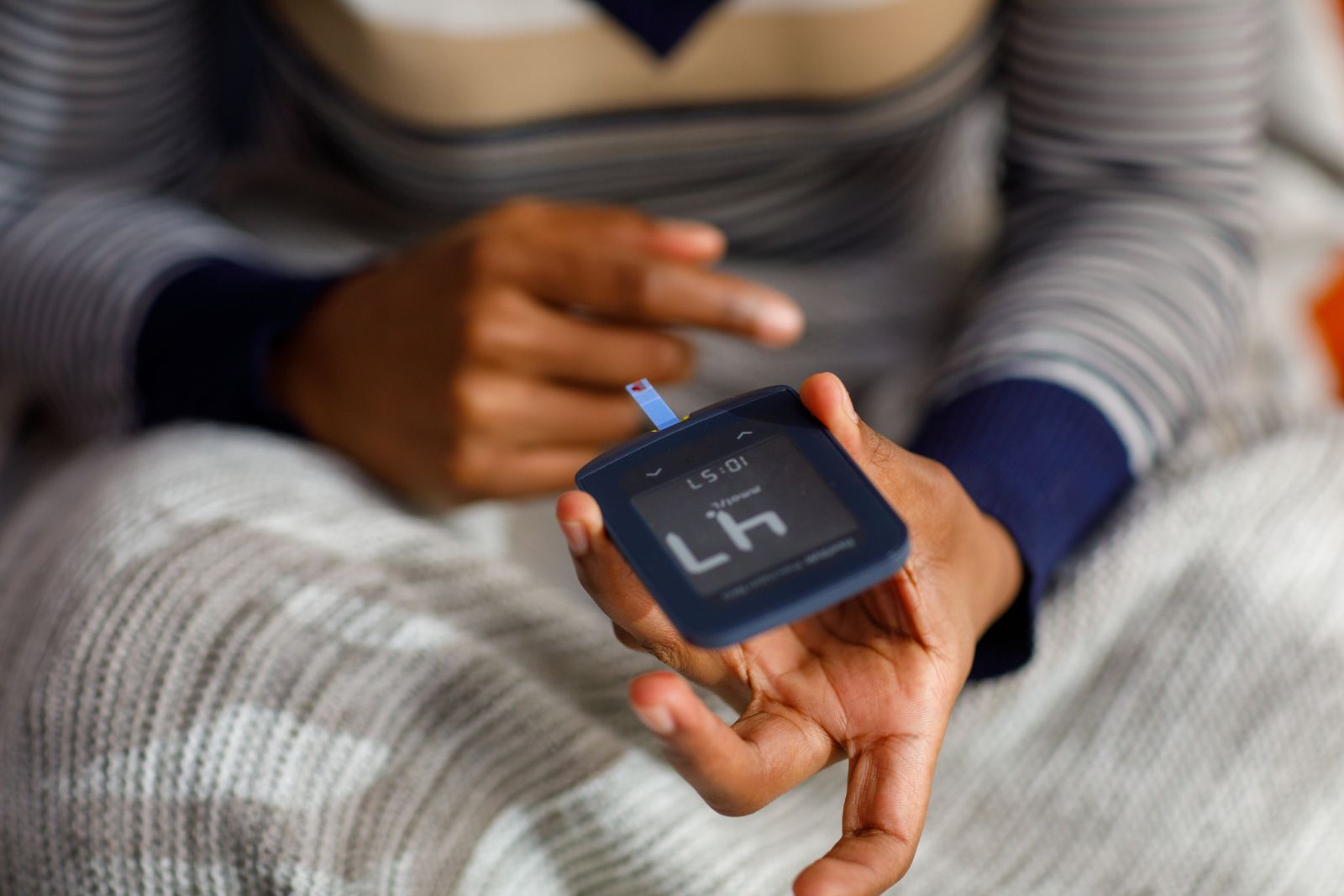Expert Panel Shares Perspectives on Hypoglycemia
By Natalie Sainz
 A panel shared insights at the ADA’s 83rd Scientific Sessions on incorporating hypoglycemia as a quality measure in diabetes. Each expert noted the importance of continuous glucose monitors in detecting hypoglycemia episodes.
A panel shared insights at the ADA’s 83rd Scientific Sessions on incorporating hypoglycemia as a quality measure in diabetes. Each expert noted the importance of continuous glucose monitors in detecting hypoglycemia episodes.
Severe hypoglycemia is costly, dangerous, and overall associated with short and long-term health complications. Although substantial evidence exists pointing to the value of addressing and reducing hypoglycemia, it's not yet a quality measure.
Quality measures such as A1C, blood pressure, and cholesterol are used to understand health at the population level to ensure people with diabetes get the best care possible.
Collecting data on hypoglycemia is difficult without continuous glucose monitoring (CGM) because many people with diabetes don't inform their healthcare team about hypoglycemic events, and some might not even know that they experienced a low.
In addition, approximately 94% of hypoglycemic events are not treated by medical professionals, which makes tracking the number of episodes more difficult without CGMs. Here’s what diabetes care experts at the 2023 ADA conference had to say about the challenges ahead.
The endocrinology perspective
“Hypoglycemia is a main barrier to optimal glycemic control,” said Dr. Amisha Wallia, endocrinologist and associate professor at Northwestern University Feinberg School of Medicine. She added that collecting data on it remains a challenge and that single-center studies may underestimate the rate of hypoglycemia.
“We may be only getting a very small amount of data on hypoglycemia,” said Wallia. Because of this, Wallia emphasized that it’s vital to improve surveillance methods for hypoglycemia – especially relying on CGMs.
The primary care perspective
Dr. Sean Oser, associate director of the Primary Care Diabetes Lab at the University of Colorado, discussed why primary care providers might be hesitant to adopt hypoglycemia as a quality measure. Providers already have multiple metrics they need to focus on and report for each patient they see and aren’t necessarily looking to increase how much data they measure.
Oser said providers are also "addicted to A1C,” as it has long been the gold standard for effective diabetes management. Despite this hurdle, Oser still suggests that providers pay closer attention to both severe and non-severe hypoglycemia, and use CGM metrics beyond A1C to detect episodes.
The ADA Standards of Care perspective
For the first time, the 2023 ADA Standards of Care recommended CGMs for people with type 2 diabetes on basal-only insulin.
Dr. Guillermo Umpierrrez, professor at Emory University School of Medicine, said that this recommendation, in part, reflects that hypoglycemia can be asymptomatic in 40-80% of people with diabetes. CGM is a way of accurately measuring hypoglycemia, especially in those with hypoglycemia unawareness.
Umpierrez also recommended glucagon to treat severe hypoglycemia. Despite the importance of glucagon, glucagon use is extremely low – fewer than 5% of people with prior hypoglycemia requiring emergency care had a filled prescription. According to Umpierrez, areas for improvement in hypoglycemia are improving glucose monitoring in people at risk by using CGMs and increasing access to easy-to-use glucagon formulations.
The insurance perspective
Dr. Kasia Lipska, endocrinologist and associate professor at Yale School of Medicine, discussed potential opportunities among Medicare beneficiaries, who have been shown to be at greater risk for hypoglycemia.
“There are medications other than insulin that can effectively treat diabetes, but Medicare coverage is often inadequate,” said Lipska. Additionally, CGMs are not always available to all people with diabetes. Lipska recommends expanding CGM coverage, improving devices, and enhancing medication coverage.
Dr. William Herman, a professor at the University of Michigan, discussed the commercial insurance perspective. Along with CGMs, Herman advocated for other interventions, such as diabetes self-management, de-intensifying treatment, de-prescribing insulin and sulfonylureas (both of which can increase your chances of a low), and adjusting anti-diabetic medications to reduce the risk of hypoglycemia.
Without an established incentive to prevent hypoglycemia at the system level, low blood sugar episodes will continue to pose a challenge. As highlighted by nearly all panelists, the expansion of CGM coverage and utilization is an important way forward in addressing hypoglycemia and potentially helping pave the way for its use as a quality measure.








